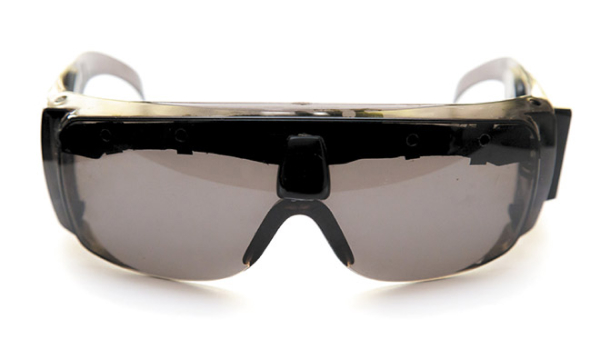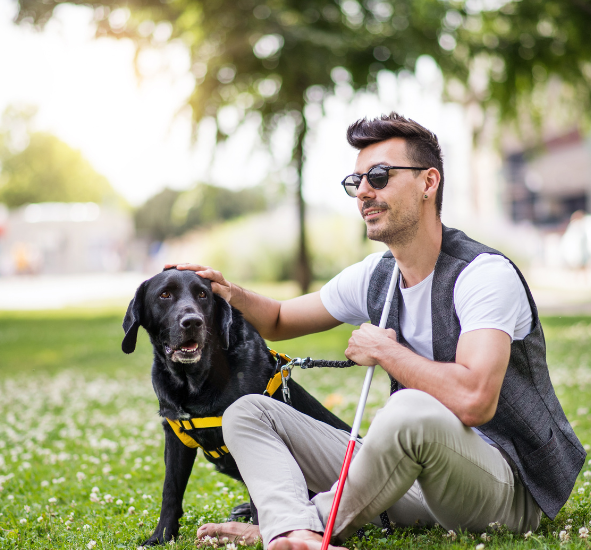Technology can help reduce the impact of vision loss
There are many vision loss aids that can reduce the impact of loss of sight and help you to continue to be independent in your home and community.
Many children and adults with a vision loss will use technology every day. Sometimes it will be the same technology everyone uses, and sometimes it will be especially designed for people with vision loss. Individual needs and technology will change over time, so it is useful to keep up to date. Many different options can be found through contacting organisations such as Vision Australia and Guide Dogs Australia.
Low vision aids and rehabilitation can be provided by several different professionals:
- Occupational therapists are able to do assessments of your home and work environments to determine which aids would be beneficial for you. They can develop rehabilitation regimes and assistive technologies to help people to participate in the everyday occupations of life, including work, education, self-care (showering, dressing, preparing food) and social activities.
- Orientation and mobility specialists assist with training people to use their remaining vision for safe navigation, both in familiar and unfamiliar environments. In some cases, this will include the assistance of a long cane, a guide dog, or an electronic travelling aid (ETA) – see below.
- Orthoptists and optometrists can also offer low vision rehabilitation services, including prescribing low vision aids such as magnifiers and telescopes (see below). Sometimes, something as simple as a very strong pair of reading glasses will improve your reading ability.

Low vision optical devices
Low vision optical devices use lenses to magnify images, so that objects or print appear larger to the eye. Examples include;
- magnifying reading glasses,
- stand magnifiers,
- hand-held magnifiers, and
- small pocket-sized telescopes.
It is helpful to think of low vision optical aids as specific tools for specific uses. These are not intended as all-purpose aids. It is critical that someone with low vision gets the correct magnifier at the correct strength, so do seek professional advice.
Non-optical devices
Non-optical devices and modifications do not use lenses to magnify images. Instead, they increase lighting levels, improve contrast, decrease the effects of glare, or increase print size to make objects and print more easily visible. There are hundreds of devices that can help people with low vision manage their everyday living tasks.
Examples include:
- high-intensity table or floor lamps,
- large print reading materials,
- electronic video magnifiers, and
- smart phones, iPads and tablets.


Mobility aids
Mobility aids are designed specifically for navigation, to assist people in moving around. The most well-known mobility aids are the long cane and the guide dog. If you are interested in these aids, an assessment and training can be completed by an orientation and mobility specialist at Vision Australia or Guide Dogs Australia.
There are also a number of electronic travelling aids available. These devices use technologies such as ultrasound or audio cues to assist people in identifying landmarks and obstacles when navigating their surrounds.
Sensory substitution devices
Some people who have lost vision find it useful to use their other senses, such as hearing or touch, to give them cues about their surroundings when walking around. A group of devices called sensory substitution devices, or SSDs, are designed to do this. Examples include the vOICe software, which uses sounds to “map” the visual environment, and the BrainPort, which uses tactile stimulation on the back.
Retina Australia has recently funded research into the development and assessment of these new SSD technologies – see a report here.
Job training and vocational rehabilitation services
To help you to gain and retain employment, organisations such as Vision Australia can help with job training and vocational rehabilitation services, placement, workplace adaptations, and workplace technology.
Vision Australia can be contacted on 1800 220 679
